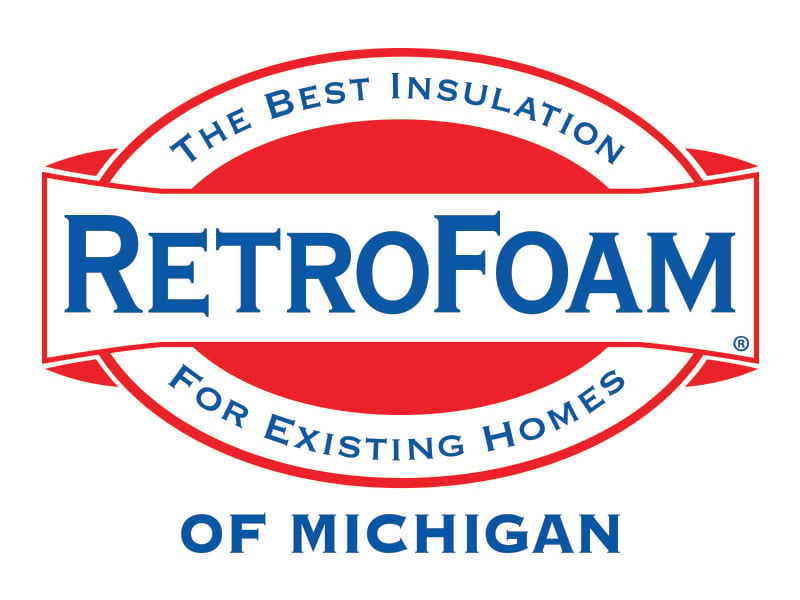How to Conserve and Save Water and Energy at Home (Without Sacrificing Comfort)


Looking to cut back on your utility bills while doing something good for the environment?
One of the simplest ways to conserve water and energy starts right at your faucet, or more specifically, with a faucet aerator and a low-flow shower head.
And no, we're not suggesting cold showers or skipping your morning rinse. You can still enjoy all the comforts of home while making smarter, more efficient choices.
Let's talk about how to conserve water and energy without giving up the good stuff.
Why is it Important to Conserve Water and Energy?
There's no shortage of reasons why conserving energy and water should be on your radar.
- You'll lower your utility bills.
- You'll reduce strain on natural resources.
- You'll help cut down on greenhouse gas emissions from water heating.
- And you'll make your home more sustainable, which is a win for future generations.
If you're wondering how does conserving water and energy help the environment, here's the short answer: less waste = less demand on energy production = fewer emissions = a healthier planet. That's the kind of math we like.
How Can We Conserve Water and Energy? Start Small
A few affordable upgrades can go a long way in helping you conserve and save water without making any big sacrifices.
1. Install a Low-Flow Shower Head
Replacing your old shower head with a low-flow model can save you anywhere from 25 to 60 percent on water usage, according to the U.S. Department of Energy.
Older models may use up to 5.5 gallons per minute (gpm), while newer, more efficient options are capped at 2.5 gpm or less.
There are two main types to choose from:
- Aerating shower heads: Mix air with water to create a soft, misty spray.
- Laminar-flow shower heads: Deliver individual streams for a more targeted feel.
Look for products with the EPA WaterSense label -- this ensures you're getting a model that's proven to save water and perform well.
2. Add Faucet Aerators
Not sure what a faucet aerator is?
It's a tiny screen that attaches to the end of your faucet, mixing air into the water stream to reduce flow without reducing pressure. It's a small device with a big impact and a perfect project for even the least handy homeowner.
New bathroom faucet aerators typically flow at 1.5 gpm or less, and some can go as low as 0.5 gpm. The kitchen versions usually top out at 2.2 gpm. The lower the number, the more water (and energy) you conserve.
3. Lower Hot Water Usage
Using less hot water also means using less energy to heat it.
That's where water-saving upgrades pull double duty -- not only do they help conserve water, but they also help you save on energy costs.
Ready to Take Efficiency a Step Further?
Water isn't the only thing sneaking out of your home.
If you're looking to conserve energy even more, insulating your home with RetroFoam could be your next best step. Upgrading your insulation helps reduce energy loss through your walls, keeping your home comfortable year-round without overworking your HVAC system.
Want to explore more energy-saving home upgrades? Visit our Learning Center for tips, guides, and ideas to help make your home the most efficient (and cozy) on the block.
Key Points:
- How to conserve water and energy can be as easy as installing a $10 aerator.
- Look for WaterSense-labeled products for verified performance.
- You'll reduce water use, lower heating costs, and shrink your environmental footprint.
- Simple upgrades like faucet aerators and low-flow shower heads are DIY-friendly.
- Cutting back on hot water use can lead to long-term savings on both your water and energy bills.
Related Articles
Energy Efficient Light Bulbs: A Bright Idea to Save Energy
4 Renewable Energy Options for Michigan Homeowners
About Amanda Emery
Amanda previously has worked as a breaking news and crime reporter, TV news producer, and editor in Flint and Detroit. Throughout her career as a journalist, she has won several awards from The Society of Professional Journalists - Detroit Chapter and the Michigan Press Association. As part of the RetroFoam of Michigan family, Amanda uses her experience as a journalist to write content that will help educate homeowners on the benefits of foam insulation. When Amanda isn’t writing, she’s spending time with her husband and rescued huskies. She also loves knitting, making art, cooking, and hosting dinner and a movie night for friends and family.


